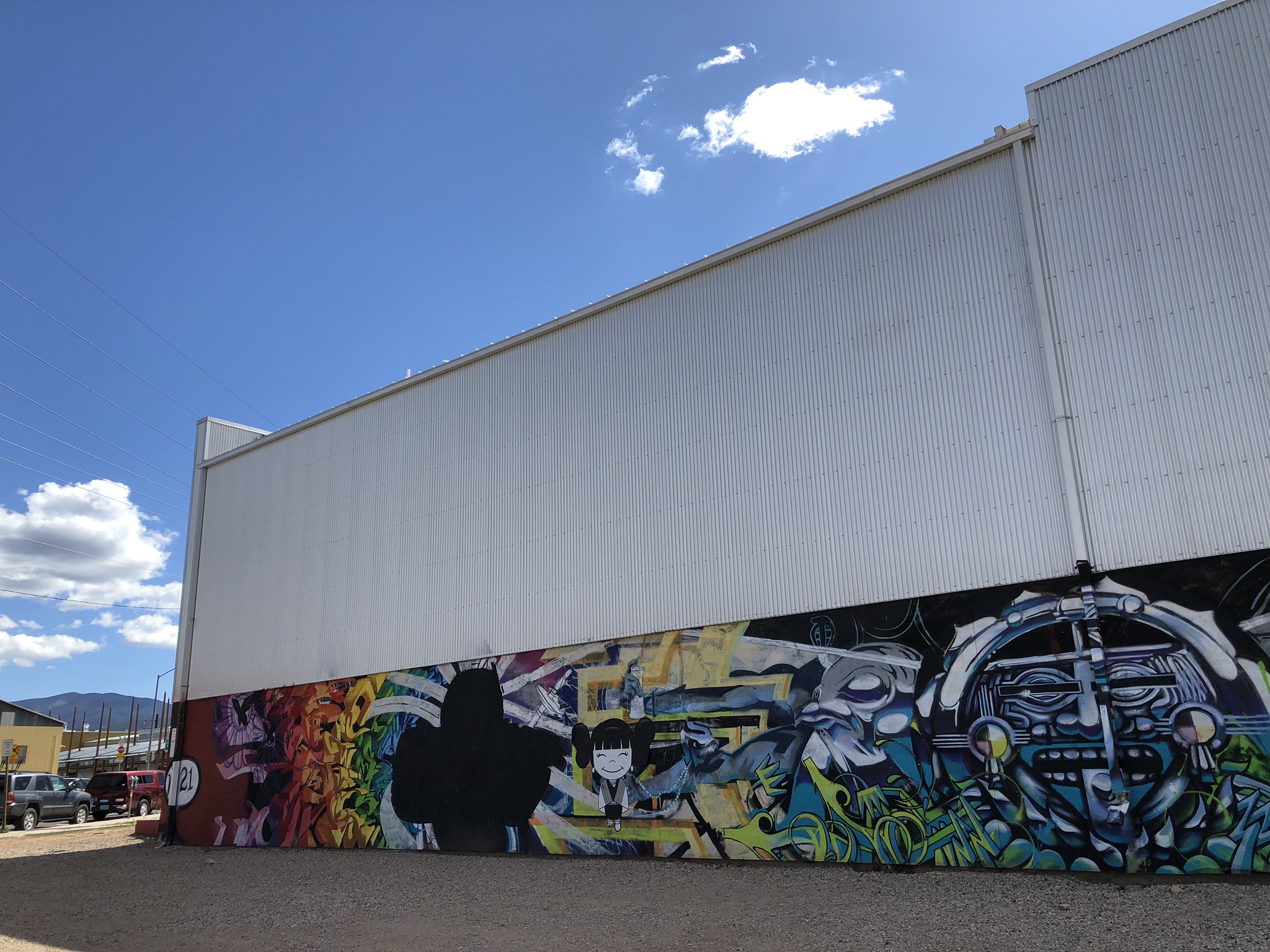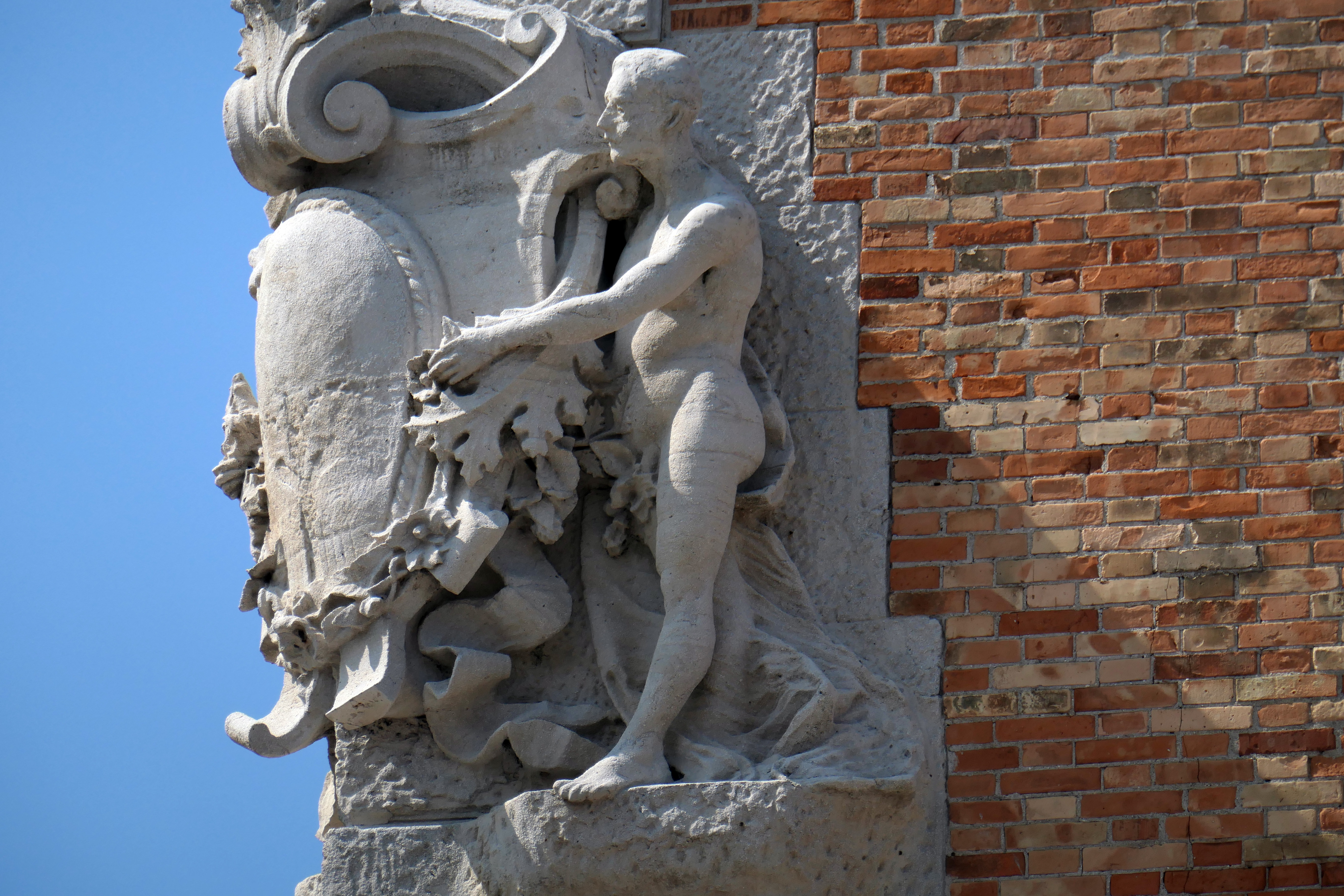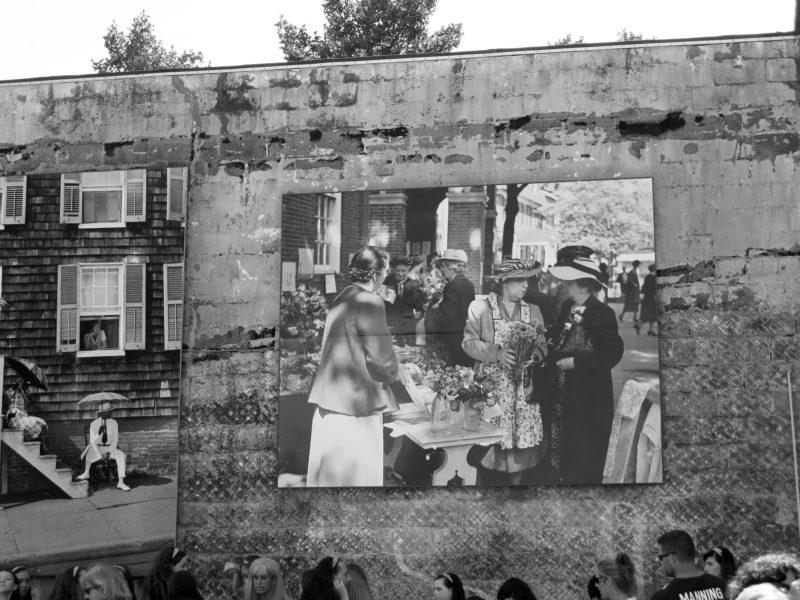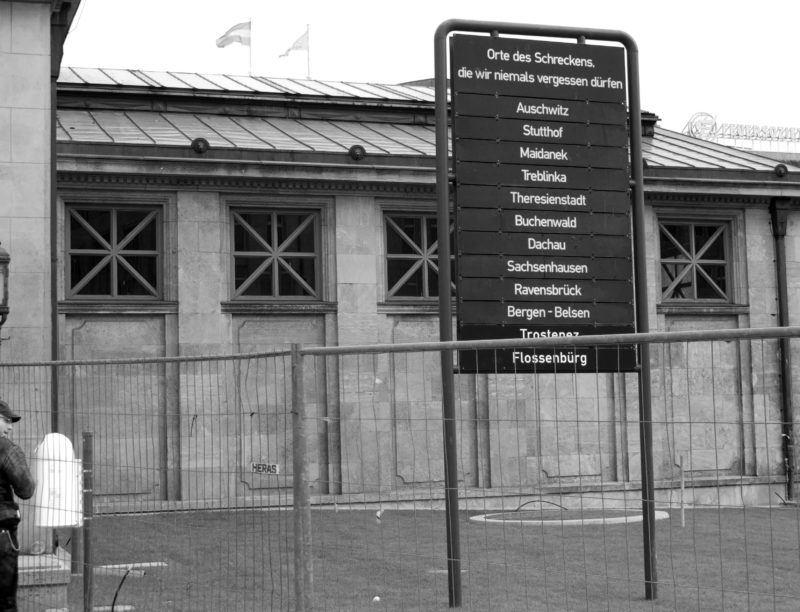One of the regrettable side products of a society on the move – whether moving is voluntary or not – is the loss of historical knowledge. If you grow up in a place and stay there for most of your life you are usually familiar with the history of your surroundings. You relate facts and stories to the next generation and you recognize them in the art that surrounds you, if it is focussed on any of these issues.

None of that is true any longer when you move to another area, another part of the country, another country. You have to do painstaking work to put all the pieces together and even then you might not have the information that comes with narratives handed down from generation to generation.
I found myself reminded of that twice lately. Once when exploring some non-touristy areas in Santa Fe and seeing a lot of murals and graffiti that clearly spoke to some issues related to New Mexico, or so it seemed. I had, of course, no clue. Photographs today are from those jaunts.

The second time it happened when I read this ArtsWatch piece by Bob Hicks yesterday, describing the work of Henk Pander (full disclosure, they are both friends of mine) that relates the history of the Vanport flood. An exhibit of new work around this topic opens here. There has been a festival since 2015 that commemorates annually the 1948 accidental flooding of Oregon’s then second largest city and its horrific destruction of lives and housing in a predominantly black neighborhood. It took an artist and an art critic, however, to get through to people like me with the story.



Why should we care about knowing the history of any given place? For one, I believe it connects us to prior generations, increases an understanding of the place and provides a sense of belonging, which in turn makes it more likely that we stand up for “our” community when that is required. Secondly, we might learn from what has happened in the past to protect us against similar mistakes in the future. That covers about any area I can think of, from awareness of the fragility of an eco system, the perils of building in potential floodplains, preparedness for earthquakes, to the more sociological issues of housing segregation and so on. And, come to think of it, the folly of war.


And since this week was Malcom X’s birthday, here is a master story teller when it comes to drawing the arc of history from past to present, offering alternative visions, warnings and hope: the compilation of speech excerpts is exquisite.


And music? Turns out people use music, big time, to teach history….
Here is Malcolm’s Gone – performed by Leon Thomas.





















































































